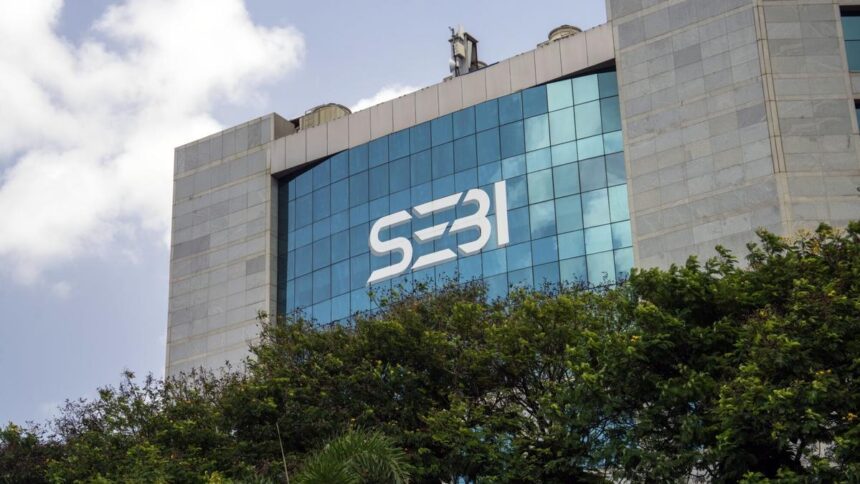Market regulator Securities and Exchange Board of India (SEBI) recently introduced significant initiatives to enhance the vibrancy of the primary market and increase demand by expanding the base of anchor investors to include insurance companies and pension funds.
SEBI noted that in the past five years, India’s capital markets have experienced substantial growth, bolstered by a robust regulatory framework and increasing participation from investors across various categories. The initial public offering (IPO) market has evolved, marked by rising deal sizes and growing interest from institutional investors, alongside increasing retail participation via direct applications and mutual funds (MFs). Currently, even the smallest IPOs typically exceed ₹300-₹500 crore.
In response to operational concerns highlighted by market participants, SEBI has relaxed rules governing anchor investors. The limit on the number of permissible anchor investor allottees, based on the size of allocation, has been raised to facilitate the participation of foreign portfolio investors (FPIs). FPIs had expressed that the necessity for each fund to possess a unique Permanent Account Number (PAN) restricted various FPI funds with the same beneficial ownership from investing through the anchor portion.
For anchor allocations exceeding ₹250 crore, SEBI has raised the permissible number of anchor investors from 10 to 15 for every ₹250 crore or part thereof. Additionally, it has merged Category I and II alternative investment funds (AIFs) so that all anchor allocations up to ₹250 crore now permit two to 15 investors, with a minimum allotment of ₹5 crore per investor. It is important to note that the treatment of FPIs differs from that of MFs, where all schemes of a fund are considered as a single application for allotment since a mutual fund operates under one PAN.
Furthermore, SEBI has enhanced participation norms for life insurance companies and pension funds, allowing life insurance companies registered with the Insurance Regulatory and Development Authority of India (IRDAI) and pension funds registered with the Pension Fund Regulatory and Development Authority (PFRDA) to engage in the anchor portion within the domestic mutual funds category. The quota for MFs has been increased from 33 percent to 40 percent in an IPO, enabling these two long-term institutions to participate more actively.
These proposals are anticipated to facilitate greater participation from large FPIs with multiple funds and to alleviate artificial constraints within the anchor book. The expansion of the institutional investor base is expected to offer much-needed flexibility in anchor investor structuring and enhance the involvement of stable capital sources in alignment with global best practices.
However, SEBI appears to have paused the proposal to reduce the retail quota in large IPOs (exceeding ₹5,000 crore) from 35 percent to 25 percent. This decision was made following a review of responses and exploration of alternative measures. The concerns of large issuers will be addressed more broadly by diminishing the minimum dilution requirement at the time of IPO, without necessitating any alterations to the current IPO allocation framework that maintains the retail quota at 35 percent.
SEBI may reconsider these norms and might contemplate a gradual reduction from 35 percent to 30 percent and eventually to 25 percent, considering the significant upcoming IPOs such as those from Tata Capital, LG Electronics, and the National Stock Exchange.
Published on September 26, 2025.










